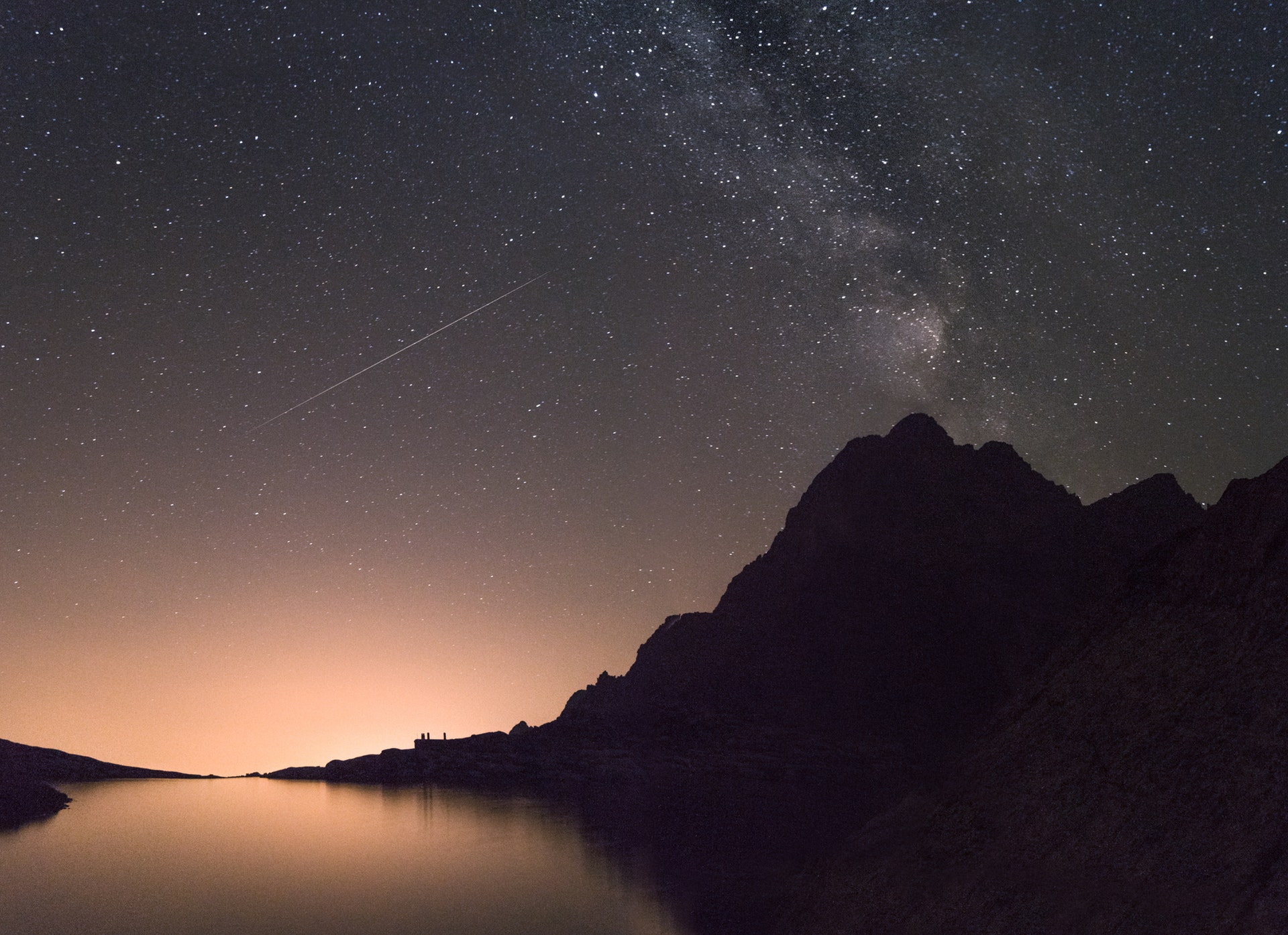For an outdoor photographer, images of the night sky or milky way are a bit of a panacea. It's easy to get average images, but those exceptional images that make people take notice of your photography are very difficult to get. Today, we want to take a look at the actions you can take that will get you a technically great photo of the night sky.

Now, this post is premised on the idea that getting out to shoot is a better way to learn than simply consuming tomes of theory. While there is some theory you NEED to know about milky way photography, it's only a small thing and you should be able to experiment a little while you're in the field.
Grab your Milky Way Photography Blueprint for free right here.
Don't Forget Composition!
The most effective images of the milky way and night sky more often than not, incorporate the surrounding landscape elements from which the photo was taken. So, before we get to the technical side of shooting the night sky, we should remember the basics of landscape composition.
The Rule of Thirds – some people love it and others hate it, but if you take it as a guideline for composing an image, then you probably won't walk away with a terrible shot. Appreciate it as a guide rather than a noose to reign you in.
Foreground Interest – While the foreground is definitely not where you want the viewer's eye to rest when you're doing milky way photography, it is most certainly an element that can be used in a powerful way to draw the eye to the centerpiece. Don't neglect it without thinking about it first.
Visual Balance – Even night sky shots usually want to draw the eye to the sky and are somewhat constrained, you will always do well to remember visual balance of each and every shot.

The Theory: The 500 Rule
Just remember this:
Full Frame Camera: 500/focal length + ISO 3200.
That means if you're shooting with a 50mm lens, your shutter speed will be 10 seconds. 500/50=10
Crop Sensor Camera: 500/(focal length x crop factor) + ISO 3200.
That means if you're shooting with a 50mm lens, your shutter speed will be 6.6 seconds. 500/(50×1.5)=6.6
Note: That crop factor can change – for Canon it's usually 1.6, for Nikon and Sony it's usually 1.5.
Note: You will need a different strategy if you plan to photograph the moon.
The Exercise and a Dose of Reality
Go and do a shoot at the above settings.
Try to point at Sagittarius and remember your landscape composition guidelines above.
The reality is that you probably tried the above formula and it didn't quite work. Feel free to adjust the ISO between 1600 and 6400 and try again.
If you're getting unwanted star trails, adjust the shutter speed down.

The Truth About Post Processing in Night Sky Photography
Again, the reality is that you are going to have to do a little bit of post-production on your images of the night sky to get the most out of them.
Some clarity, contrast, colour and saturation will probably get you to where you want to be.
Conclusion
What I HOPE you take away from this is that you need to get out and shoot. Personally, I have found no other genre of photography more relevant to that truism than night sky stuff. The theory is great, but the images that truly excel are the ones forged through experimentation and testing things.

If you want to know what to test and have it with you, a lot of the tips in this article were from the Action Card series that gives you a PRACTICAL exercise in learning a very specific part of photography while having a concise, printable with you in the field.
Take a look here as Light Stalking readers get a huge discount for a limited time.







1 Comment
Thanks for sharing!